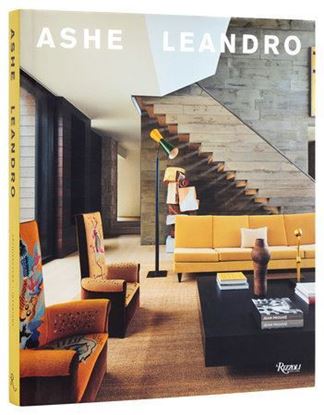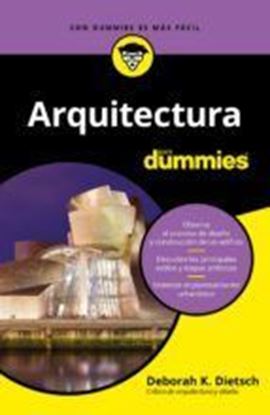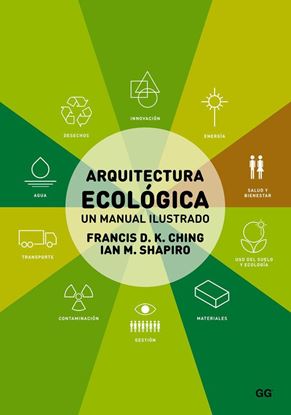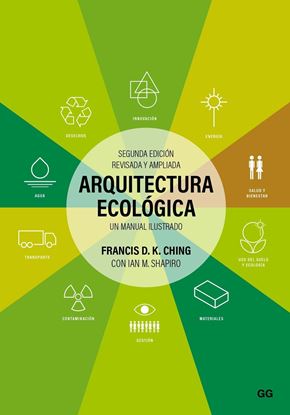

ASHE LEANDRO
For Ashe and Leandro, creativity is a way of life that is reflected in everything they design. They have built a star-studded portfolio (clients include Liev Schreiber, Seth Meyers, Naomi Watts, and Rashid Johnson) with their fresh approach to unfussy, high-design spaces. Their interiors favor a quiet beauty, based on simple shapes, asymmetrical details, and a fine patina.
4,500
3,600
ARTE CON ROTULADORES
Versátiles y accesibles, los rotuladores son una herramienta artística esencial tanto para artistas principiantes como experimentados.
Aprenda a manejar su juego de rotuladores y a dominar realmente este medio bajo la experta orientación de la artista y educadora Angela Pan.
22 proyectos paso a paso que le mostrarán cómo crear impresionantes paisajes y escenas urbanas utilizando sus rotuladores de pintura.
1,150
920
ARQUITECTURA PARA DUMMIES
¿Cuándo un edificio es solo una construcción y cuándo es arte? ¿Qué hace que nos emocionemos con la magnificencia del Taj Mahal, las pirámides de Giza o un rascacielos de Nueva York? ¿Qué secretos ocultan la cuidada sobriedad de Le Corbusier, la trascendencia espiritual de Miguel Ángel o la racionalidad clásica de Calícrates? Con un lenguaje alejado de tecnicismos, en esta guía encontrarás lo esencial de la arquitectura de todo el mundo para que puedas disfrutar todavía más esa apasionante faceta de la actividad humana.
1,350
1,080
ARQUITECTURA ECOLOGICA. UN MANUAL ILUST.
Siguiendo la estela de algunos títulos ya clásicos de Francis D. K. Ching, como Manual de dibujo arquitectónico y Arquitectura. Forma, espacio y orden, este nuevo libro, escrito en colaboración con Ian M. Shapiro, expone en forma de manual básico ilustrado, práctico y accesible, las cuestiones fundamentales de la arquitectura ecológica y sostenible. El libro propone un recorrido del exterior al interior: comienza por el emplazamiento y su entorno, sigue por las diversas envolventes del edificio, y termina con el análisis de los aspectos ambientales de la iluminación, la calefacción o los sistemas de climatización. Un recorrido donde se exploran distintos temas transversales, como el ahorro de agua o materiales, la calidad ambiental interior o el uso de energías renovables. El conjunto ofrece una exploración completa y metódica de la arquitectura ecológica exponiendo los temas clave, un marco teórico básico y estrategias concretas para proyectar bajo el paradigma de la sostenibilidad. Las ilustraciones que detallan estos principios y discusiones, realizadas por el maestro Francis D. K. Ching, conforman una magnífica guía visual para el proyecto y la construcción de edificios ecológicos, y hacen de este libro un manual único que pronto será referencia ineludible en el ámbito de la arquitectura y la construcción sostenibles.
3,500
2,800
ARQUITECTURA ECOLOGICA. UN MANUAL
El libro propone un recorrido del exterior al interior: comienza por el emplazamiento y su entorno, sigue por las diversas envolventes del edificio y termina con el análisis de los aspectos ambientales de la iluminación, la calefacción y los sistemas de climatización. Un recorrido donde se exploran distintos temas transversales, como el ahorro de agua o materiales, la calidad ambiental interior o el uso de energías renovables. El conjunto ofrece una exploración completa y metódica de la arquitectura ecológica exponiendo los temas clave, un marco teórico básico y estrategias concretas para proyectar bajo el paradigma de la sostenibilidad.
Las ilustraciones que detallan estos principios y discusiones, realizadas por el maestro Francis D. K. Ching, conforman una magnífica guía visual para el proyecto y la construcción de edificios ecológicos, y hacen de este libro un manual único e ineludible en el ámbito de la arquitectura y la construcción sostenibles.
3,500
2,800
ARCHITECTS OF COMMUNITY
Passionate about designing buildings and neighborhoods that quietly transform the urban environment, Torti Gallas is committed to improving cities, towns, and distressed communities throughout the United States and around the world. This fully illustrated book shows how they have combined the disciplines of architecture, planning, and urban design into a single practice, creating housing and mixed-use buildings that bring catalytic change to urban neighborhoods: the mixed-use apartment buildings, rowhouses, and single-family homes that comprise the fabric of a city. Their work hearkens back to a tradition that, before World War II, created some of the country’s finest neighborhoods, including Forest Hill Gardens in Queens, Rittenhouse Square in Philadelphia, and Russian Hill in San Francisco. Featuring 60 built projects, this book shows how Torti Gallas is dedicated to raising the level of this architecture to a new high.
3,995
3,196













